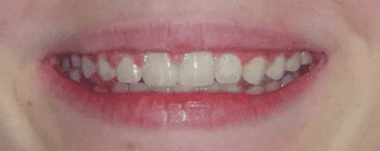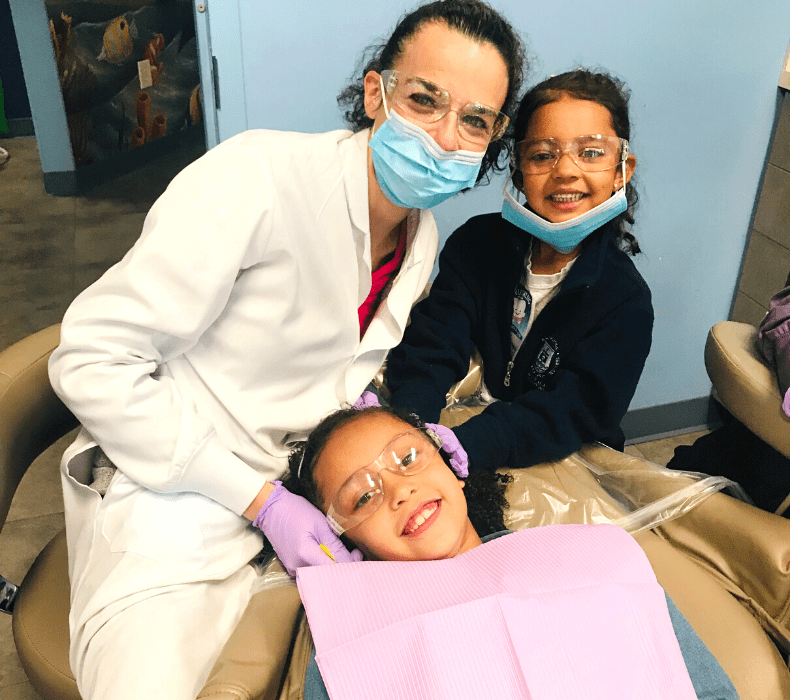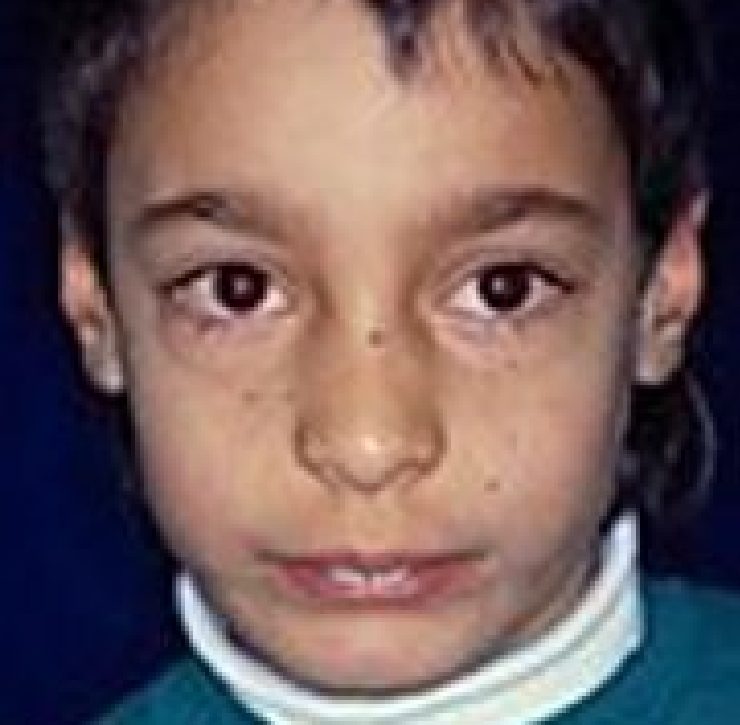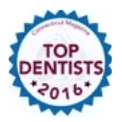A healthy bite and correctly aligned teeth have a lifelong impact.
Having a straight smile is about about more then just appearances. A healthy bite and correctly aligned teeth help prevent many different kinds of difficulties. Things such as:










The goal of phase one treatment is to help your child’s jaw develop in a way that will accommodate all of the permanent teeth that are eventually going to come in and to improve the way the upper and lower jaws fit together.
Children often exhibit early signs of jaw problems as they grow and develop. An upper that is growing too much or is too narrow can be recognized at an early age. If children over the age of six are found to have this jaw discrepancy, they are candidates for early orthodontic treatment. Also, if children around the age of eight have crowded front teeth, early treatment can avoid the need to extract permanent teeth later.
Children can benefit tremendously from early phase treatment. Receiving early treatment may prevent the removal of permanent teeth later in life or the need for surgical procedures to realign the jaws.
Orthodontic records are necessary to determine the type of orthodontic appliances that should be used, the length of treatment, and the frequency of visits. Records consist of models of the teeth, X-rays, and photographs.



At the end of the first phase of treatment, the teeth are not in their final positions. A successful first phase will have created room for permanent teeth to find an eruption path. Otherwise, they may become impacted or severely displaced.
The next phase is known as the resting period. At this point the permanent teeth are left alone as they erupt. Retaining devices may or may not be recommended, depending on if they would interfere with eruption. It’s best to allow the emerging permanent teeth some freedom of movement.
During this time occasional appointments for observation are necessary, usually on a six-month basis.



The second phase begins when all of the permanent teeth have erupted.
The goal of the second phase is to make sure each tooth has an exact location in the mouth where it is in harmony with the lips, cheeks, tongue, and other teeth. When this equilibrium is established, the teeth will function together properly.
Phase two usually involves full upper and lower braces.
Retainers are usually worn after the braces come off to help ensure that your child’s teeth remain in the correct position.



















Years Creating
Beautiful Smiles
Beautiful smiles and
counting!
Google Reviews
For All Offices